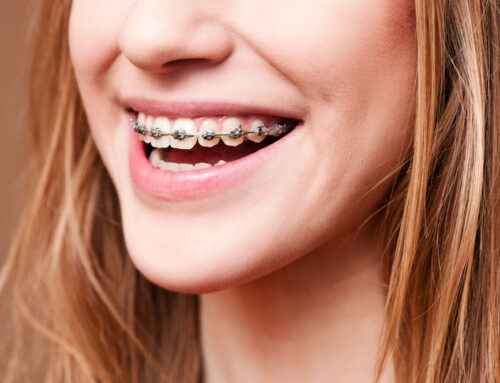As a parent, your child’s health is your top priority. This includes their dental health and alignment, which can significantly impact their overall well-being and self-confidence. While orthodontic treatment is commonly associated with teenagers, the fact is that early intervention can often lead to more effective results. At Ahava Orthodontics, we’ll help you identify key signs indicating that your child may benefit from early orthodontic treatment.
Difficulty Chewing and/or Biting
Chewing and biting are fundamental functions of the mouth. If your child is having difficulty performing these tasks, it could be a sign that their teeth and jaws aren’t aligned properly. Any noticeable struggle with chewing or biting should be addressed with your orthodontist.
Mouth Breathing
While it might seem harmless, chronic mouth breathing can indicate a variety of issues, including potential orthodontic problems. Mouth breathing could suggest that your child has a narrow palate or an issue with jaw growth, both of which could require early orthodontic intervention.

Thumb Sucking After Age Five
Many children self-soothe by sucking their thumbs, but if this habit continues past age five, it could affect the development of their teeth and jaw. Persistent thumb sucking can cause teeth to become misaligned or push them outward, resulting in what is often known as an ‘open bite’.
Speech Impediments
Certain speech problems can be attributed to orthodontic issues such as misaligned teeth or a malformed palate. If your child has a persistent speech impediment, it may be worthwhile to consult an orthodontist as part of your approach to addressing the problem.
Protruding Teeth
Protruding teeth, where the top and bottom teeth extend away from each other, can create difficulties with chewing and speaking, and can also impact your child’s self-esteem. This can be a clear sign that early orthodontic treatment may be beneficial.
Teeth that Don’t Come Together Normally
When your child bites down, their teeth should align and meet in a certain way. If the teeth don’t come together properly, or even at all, it may indicate an issue with your child’s bite. Conditions such as an underbite, overbite, crossbite, or open bite all warrant an orthodontic consultation.
Shifting of the Jaw
If your child’s jaw shifts when they open or close their mouth, it could be a sign of a crossbite or other jaw misalignment. This can lead to discomfort, difficulty eating, and potential jaw problems later in life.
Crowded Front Teeth Around Age 7 or 8
Even before all of your child’s permanent teeth have arrived, it’s possible to tell if they might face issues with crowding. Crowded front teeth around age seven or eight can indicate a lack of space for other incoming teeth, suggesting that early intervention could be beneficial.
See How Early Intervention Can Help
At Ahava Orthodontics, we’re committed to ensuring your child’s oral health and the development of a beautiful, confident smile. If you notice any of the signs mentioned above, it may be time to consider early orthodontic treatment. We encourage you to schedule a consultation, where we can evaluate your child’s unique needs and provide personalized, compassionate care. Remember, early intervention can often lead to more straightforward, effective treatment, setting your child up for a lifetime of healthy smiles.




